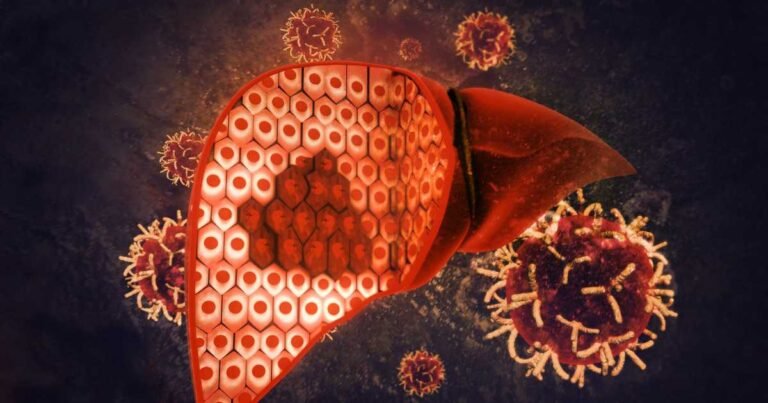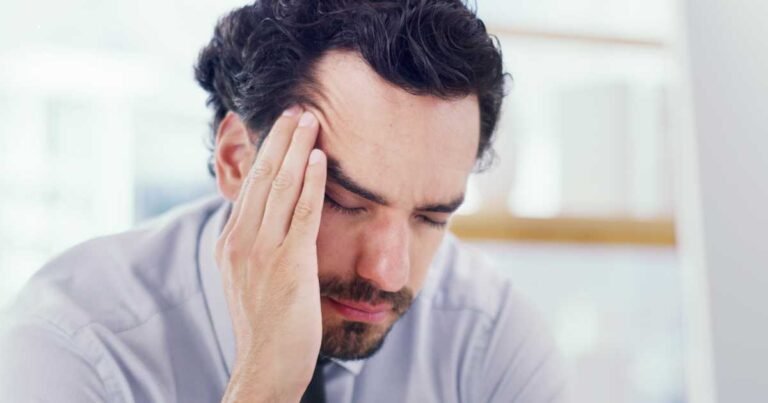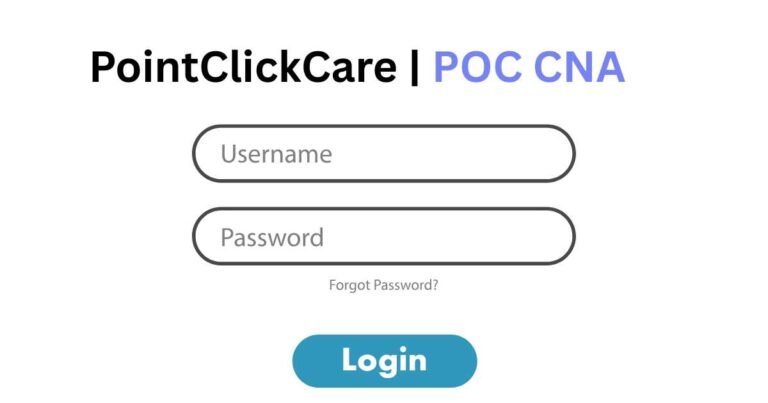Causes and Treatments for Left-Sided Headaches – Vitalmagnet

Headaches are a common health issue that nearly everyone experiences at some point in their lives. While many headaches are not severe and go away on their own, some can indicate more serious health conditions, mainly when the pain is concentrated on one side of the head. A headache focused on the left side of your head might sometimes indicate a more serious issue and should not be ignored. This article explores the possible causes of left-sided headaches and explains when to consult a healthcare provider.
Common Causes of Left-Sided Headaches
Here are some of the most frequent causes of headaches that can be felt on the left side of your head:
1. Tension Headaches
Among all types of headaches, tension headaches occur the most often and are usually mild to moderate in intensity. They often affect both sides of the head, but sometimes, they can be felt more on one side. They are typically triggered by stress, muscle tightness, or fatigue. The pain is often described as a tight, pressure-like sensation encircling the head.
2. Migraines
Migraines usually bring intense, pulsing pain, often affecting just one side of the head. These headaches can last from several hours to a few days and are usually accompanied by nausea, sensitivity to light and sound, and sometimes visual disturbances, known as an “aura.”
3. Cluster Headaches
Cluster headaches are rarer but highly intense. They occur in clusters over a few weeks and are often felt around the eye or temple. The pain can be accompanied by eye watering, nasal congestion, and drooping eyelids.
4. Cervicogenic Headaches
These headaches are caused by issues in the neck, such as muscle strain or joint dysfunction, and can radiate pain to one side of the head. Along with the headache, you may experience neck stiffness or limited movement.
Rarer Yet Concerning Causes of Left-Sided Headaches
Though rare, certain serious medical conditions can lead to pain on the left side of the head.
| Condition | Symptoms |
| Occipital Neuralgia | Sharp, electric-like pain at the back of the head, radiating to one side. |
| Giant Cell Arteritis | Throbbing headache, jaw pain, vision changes, and scalp tenderness. |
| Brain Aneurysm | Severe headache, often described as the “worst headache of my life.” |
| Stroke | Sudden severe headache with numbness, speech difficulty, and weakness. |
| Brain Tumor | Headache with seizures, cognitive issues, or personality changes. |
When to Worry: Warning Signs for Serious Conditions
While most left-sided headaches are not harmful, sure signs may indicate a serious health issue. If you notice any of the warning signs listed below, seek medical help immediately:
1. Sudden Intense Pain
A sudden, sharp headache could indicate a ruptured brain aneurysm or stroke, both of which are emergencies.
2. Neurological Symptoms
If your headache is accompanied by weakness, slurred speech, vision changes, or difficulty walking, it could be a sign of a stroke.
3. Fever and Stiff Neck
Headaches combined with a fever and a stiff neck may signal meningitis, an infection of the brain and spinal cord membranes.
4. Post-Injury Headache
If you develop a headache after any head injury, even minor, it’s essential to get checked for concussions or more severe trauma.
5. Change in Headache Patterns
If you notice your headaches becoming more frequent, severe, or lasting longer, consult a doctor for further evaluation.
How to Manage and Treat Left-Sided Headaches
Treatment for left-sided headaches varies depending on the root cause. Over-the-counter medications or prescription treatments can offer relief for common headaches like tension or migraines. However, more serious conditions may require specialized treatments like surgery or targeted therapies. Following your healthcare provider’s advice to manage your headaches effectively is essential.
Managing Headaches at Home: Simple Tips
In addition to medication, there are several lifestyle changes and home remedies that can help reduce the frequency and severity of your headaches:
- Practice Stress Management: Meditation, yoga, and deep breathing can help lower stress levels and prevent headaches.
- Get Enough Sleep: Aim for 7-8 hours every night to avoid fatigue-related headaches.
- Stay Hydrated: Drinking enough water throughout the day helps prevent headaches linked to dehydration.
- Exercise Regularly: Physical activity can reduce stress and promote overall health, which may help prevent headaches.
- Avoid Triggers: Certain foods, alcohol, or strong scents may trigger headaches. Try to identify and avoid your specific headache triggers.
When to Seek Medical Help: Key Indicators
If your headache is accompanied by any of the serious symptoms listed below, don’t wait—get medical assistance right away.
- Sudden, Severe Pain
- Neurological Symptoms (Weakness, Vision Changes, Difficulty Speaking)
- Headache After a Head Injury
- Persistent Nausea or Vomiting
Conclusion: Understanding Left-Sided Headaches
With the right care and some adjustments to your routine, left-sided headaches can usually be controlled effectively. However, it’s crucial to be aware of red flags that might indicate a more serious condition, such as a brain aneurysm or stroke. If you experience frequent or intense headaches, it’s always best to consult a healthcare provider.
FAQs About Left-Sided Headaches
Is a left-sided headache more dangerous than one on the right?
No, the side of the headache doesn’t determine its severity. The type and associated symptoms are more important.
Can dehydration cause headaches?
Yes, dehydration can trigger headaches, which may occur on either side of the head.
Should I keep a headache diary?
Yes, tracking your headaches can help identify patterns and triggers, making it easier for your doctor to diagnose the cause.
Can certain foods trigger headaches?
Absolutely. Common headache triggers include foods like caffeine, alcohol, and chocolate.
What other methods can help relieve headaches at home?
Along with medication, try using a cold or warm compress and resting in a calm, dark space for relief






